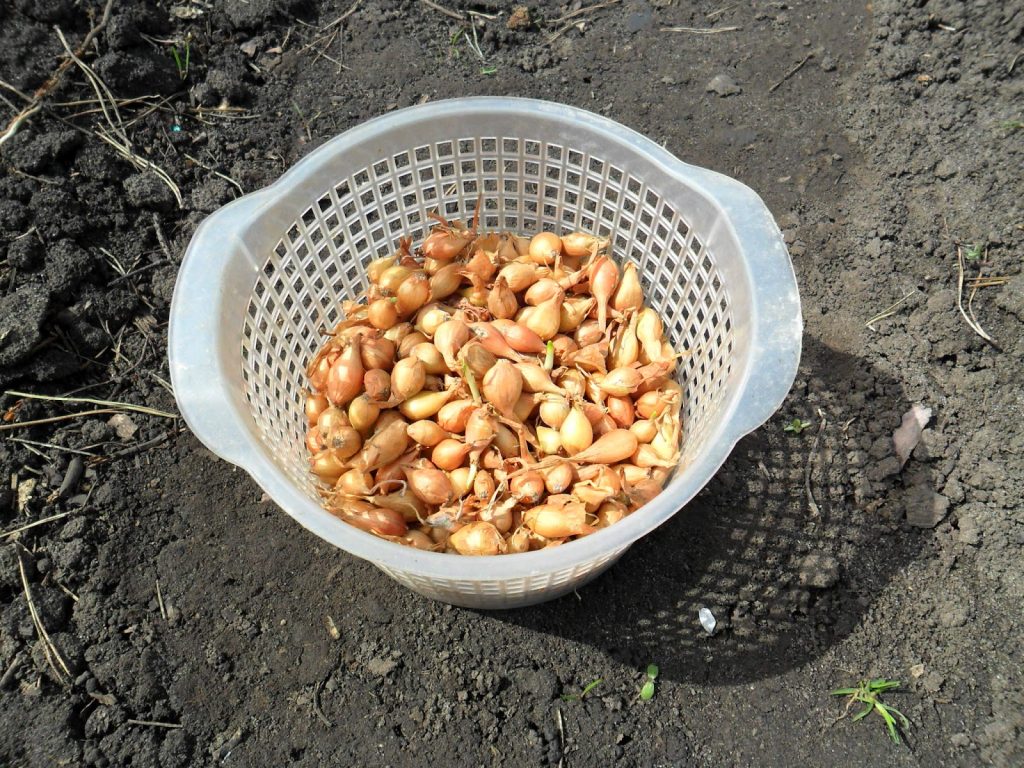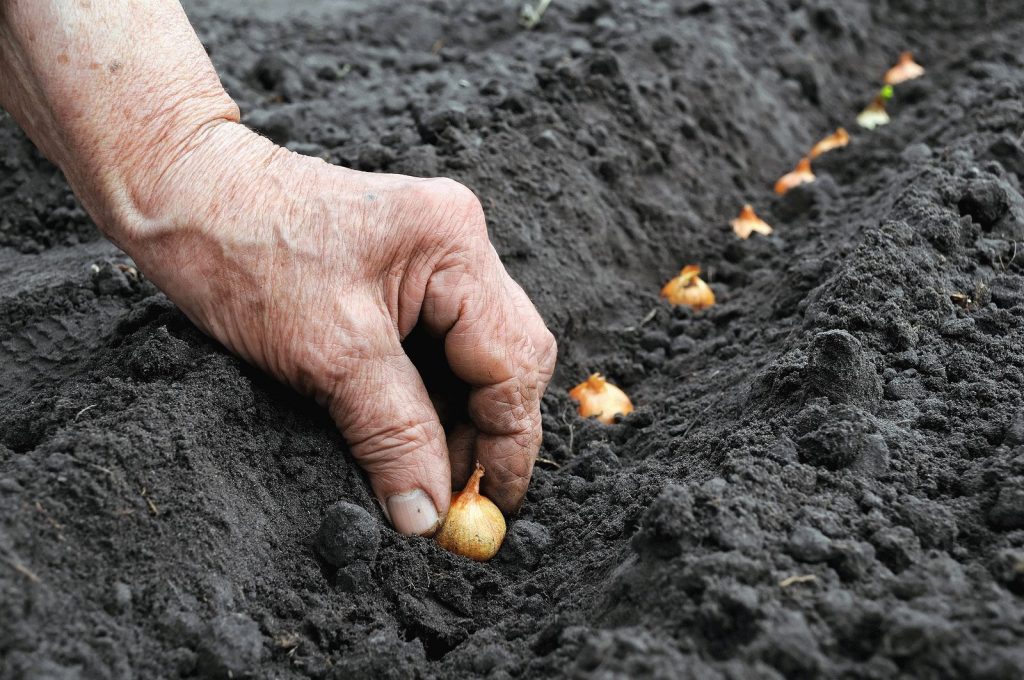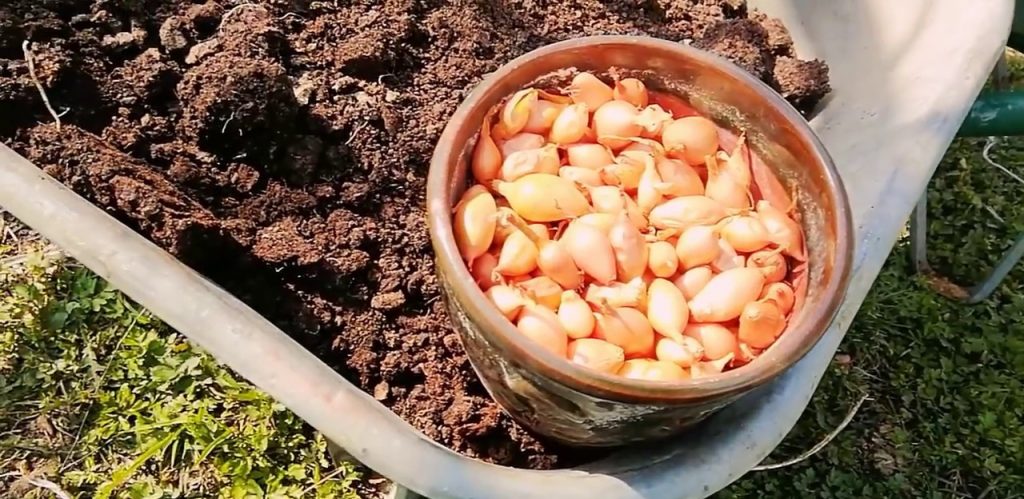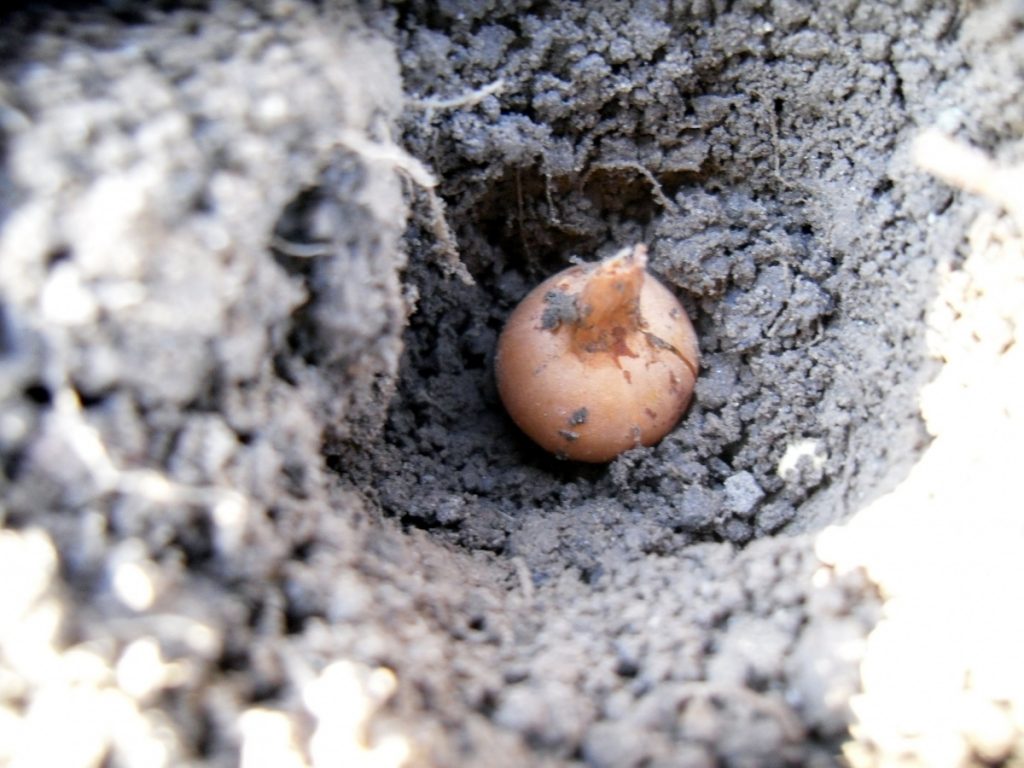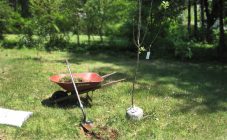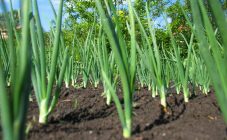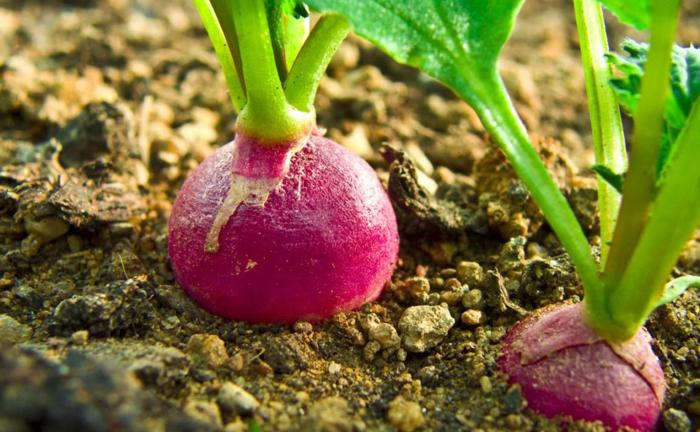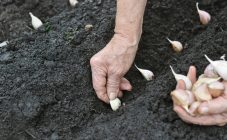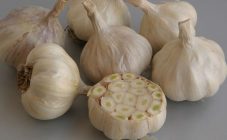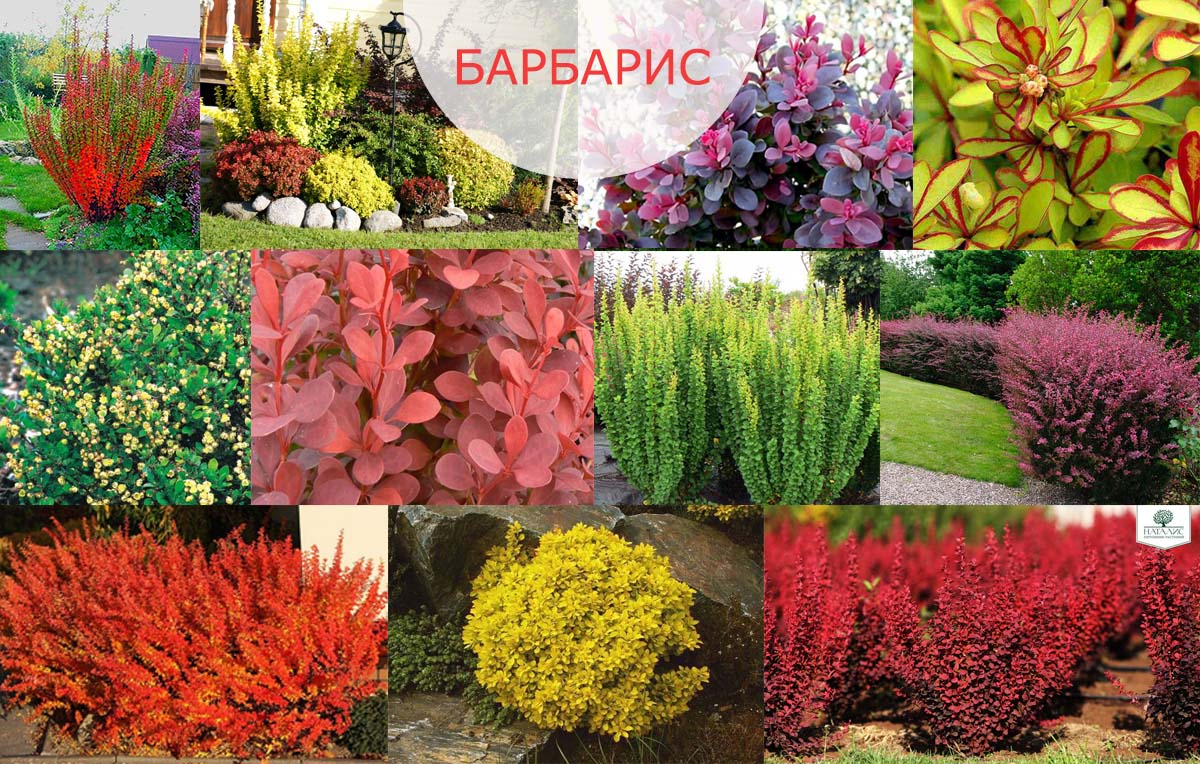Content:
Onion is an ancient culture (it is more than 6 thousand years old), but it does not lose its popularity. A perennial is grown in various ways: for a turnip and greens for use in food. Most often, summer residents practice planting onions on the head in the spring, so that in the cold season they have useful vitamins in the diet.
Briefly about agricultural technology
Onions are grown in all dachas, but high yields are obtained on fertile soil with a loose structure. It is desirable to keep the pH reaction at a neutral level. Depleted land is enriched with organic matter in advance (from autumn), filling it up to the entire depth of the cultural layer. In the spring, before planting, mineral fertilizers are applied to the site.
Onions can grow in a shaded area, but in the end, the summer resident will collect a small crop. Therefore, you should not treat the culture as secondary, but plant in lighted beds.
A good harvest is also influenced by crop rotation. It is impossible to grow onions after the lily "congeners": asparagus, garlic. But the beds after potatoes, peas, cucumbers and tomatoes are saturated with trace elements useful for turnip.
What onion to plant on the head in spring
The beginner gardener uses bulbs of different sizes to get heads. An experienced farmer knows that it is better to take a set for planting, but not all, but with a diameter of 1.7-2.1 cm. Smaller onions are usually used for growing greenery.
In order to end up with a good head, the planting onion should weigh 2-3 g. The turnip itself is not always used - the larger the bulb, the longer it takes to take root and later yields. There is also a great risk that an arrow will appear on the turnip. To prevent this from happening, a large onion must be planted a little later than a small one.
Sowing of the same size is calibrated in the garden so that the development is uniform. In addition, the following requirements are imposed on the seed:
- the whole onion must be dry and elastic;
- exclude the seed on which the sprouts have hatched, or the roots are covered with a white bloom;
- onions with mechanical damage are rejected;
- the sets should not smell of mold, rot and dampness.
Only if these conditions are met, a high-quality head of a presentation will be obtained, designed for a long shelf life. It should be borne in mind that the age of the sowing onion should be a year, maximum two.
Another important point is the correct choice of varieties, because not all of them are suitable for growing per head. Below are the most popular ones for central Russia.
The best onion varieties to grow per head
| Variety | Description |
|---|---|
| Red baron | Gives a red head with a semi-sharp taste. Early variety - 90-95 days of growing season. Good maturation, keeping quality, resistance to shooting. You can take up to 3 kg of onions from one square meter |
| Stuttgarten risen | Medium ripeness, quite fruitful (up to 5 kg / m2). The weight of a slightly flattened bulb is 150 g, but it can be grown in 250 g each. The pulp is white, juicy, sharp, covered with a golden husk |
| Centurion F1 | It attracts gardeners with stable yields, high keeping quality, and resistance to shooting. The hybrid belongs to the very early varieties. Gives a slightly elongated medium head |
| Rostov local | A sharp variety with a yellow flat bulb, zoned for the southern region.Ripens in 70-90 days, yields up to 2.5 kg per 1 sq.m. |
Residents of the Non-Black Earth Region should pay attention to the varieties Bessonovsky and Strigunovsky.
How and when to plant onions in the spring
The culture is grown as an annual and a biennial. The second option is suitable for planting onions on the head, if the gardener independently breeds varieties from seeds (nigella). Although planting material can not be harvested from last year, but bought immediately before spring sowing.
"When to plant onions on the head?" - an urgent question for inexperienced gardeners. Many of them try to take the lunar calendar as a basis, determining for themselves the most favorable day for the work.
Experienced farmers are more guided by the climatic features of their region. After waiting for winter to give up, the gardeners begin preparatory work on the beds, but they are not in a hurry to plant onions - they are waiting for the soil to "ripen" for planting (ie, warm up). In some regions this period falls on April, in others - in May.
If there is an opportunity to grow onion seedlings, you can start sowing at the end of March. You do not need to have greenhouses or heated greenhouses for this - the seedlings feel great on the windowsills. When the feather on the bulbs reaches 8 cm, the seedlings are planted in the beds.
Preparing for landing
Having selected a suitable onion for planting, it must be properly prepared. To begin with, they warm it up under the rays of the sun, setting up a container for this on the windowsill of the southern window. If this is not possible, then the boxes with sevk are distributed on heating radiators (in private houses - in the oven).
After 2-3 weeks, they start etching using a warm solution of manganese or Fitosporin. The onions are kept for 15 minutes, then the agent must be drained, and the planting material must be slightly dried and immediately planted on the garden bed.
Landing
Having decided which period is most suitable for work, they begin to solve the following problem: how to plant the onion on the head in the spring correctly. They begin their actions with the formation of rows.
You can plant onions in the grooves outlined with an elementary scribe, placing the grooves at a distance of 20-30 cm from each other. The spacing between the bulbs in the furrow depends on the seed diameter:
- with small seeding - 6 cm;
- medium onions are placed every 8 cm;
- a large sample needs more space - 10-12 cm.
On a loose prepared bed, you can do without grooves - it is enough to evenly distribute pits, 2 cm deep over the strip. They are outlined with a stick of a suitable diameter or use homemade markers that allow you to form several holes at the same time.
By the way, egg trays are great for this. The parameters of the cells and the distance between them are of the desired size.
Is it possible to plant onion seeds on the head in spring
As mentioned above, good heads come from seedlings that are just seed grown. In the southern regions, some varieties are used in annual circulation.
Varieties for growing heads from seeds
| Variety | Description |
|---|---|
| Iris | Of medium ripeness, the bulbs are rounded and reach a marketable weight of about 35-85 g. Juicy scales have a white-cream color, dry ones - straw-yellow |
| Krasnodar G35 | Late-ripening variety (up to 140 days of vegetation) with penis-sharp yellowish-pink bulbs. With good agricultural technology, you can take up to 4 kg per square |
| Stardust F1 | Produces a medium, rhombic onion with white scales. Refers to early varieties |
In the Ural region, where the warm period is shorter, the seed is used to grow seedlings, which are planted in the beds in May.
Nigella varieties for seedlings
| Variety | Description |
|---|---|
| Yukont | The pungent onion has a simplified, rounded head with purple scales. The average weight of a turnip ranges from 30-80 g with a ripening period of 90 days. Sufficiently stable fruitful variety |
| Kaba | Aging period 120-140 days.The head turns out to be large, cast-iron, with brownish-yellow scales and a semi-sweet taste |
| Golden Semko | Early maturing - up to 90 days when grown from seed. The bulbs are round, weighing 80 g. In the process of ripening, the scales change their color from white to light brown. The yield is stable - up to 3.5 kg per square meter. Keeping quality is high - about 90% of the crop lasts at least six months |
It is also recommended to pay attention to the Exibishen and Odintsovets varieties, which give strong seedlings, from which a large head subsequently grows.
When to plant onions on a head in the Moscow region: folk signs
The Moscow region belongs to the climatic zone with unstable weather conditions. The spring season is particularly inconstant. It is not for nothing that people associate this period with the character of an evil stepmother: it will warm it up, then it will blow with a cold wind and pour it down like rain.
The most capricious March is the time for preliminary gardening troubles. If seedlings are needed, then in a given month (numbers 10-15), nigella is planted in boxes with earth. Sevok is sent to the open ground when the soil temperature rises above 5 degrees Celsius.
The beds with sevka are immediately covered with a film frame. This will protect the onions from return frost and speed up the ripening of the bulbs. But as soon as the heat is established, the film must be opened, otherwise the onion will overheat.
In April, seedlings can already be taken out in greenhouses. If it is grown on a windowsill, then it's time to harden.
The last month of spring is the full mobilization of the labor force. It is not for nothing that the people say that May Day feeds the whole year.
Gardeners of the Moscow region should not rely entirely on lunar calendars, looking for the optimal number for planting onions. For many, the beginning of May is the time for sowing nigella in the beds and planting onion seedlings. There is even a certain day for this - on Luka, May 5. But year after year is not necessary, so it is recommended to monitor the weather.
Previously, ancestors did not use calendars - they focused on nature. On the 1st of the month (at Kuzma) we looked at the weather. If the day is warm, frost should be expected soon.
The bird cherry has always been a signal for mass planting. As soon as the trees have bloomed, you can safely plant almost all crops. As for the onion, here, in addition, there is such a sign - you need to wait for the flowering of violets and willow-bredina.
If apple trees have not bloomed on Mark (May 8), autumn will be a barren harvest. This forecast is given by the national calendar. Therefore, the summer resident will have to make every effort so as not to be left behind.
By the end of May, seedlings are thinned out, maintaining an interval of 5 cm.If the season turned out to be low-rainy, the beds with onions are periodically watered. Helps retain moisture from rotted straw mulch.
As for the varieties, for the Moscow region the most acceptable Hiberina MS with an early ripening period. Even with average agricultural technology, up to 5.5 kg of heads, weighing 125 g each, can be obtained per square meter. To increase the yield, it is recommended to use the advice of experienced gardeners.
Help for beginners
- Moscow region, Kaliningrad district and other nearby regions - areas where it is better to use narrow beds for bow (mitlider);
- Autumn preparation of the site is carried out not only with the introduction of fertilizers - it is also worth adding tomato tops and other plant residues to the soil;
- Before planting, the bottom of the furrows should be sprinkled with dry sand mixed with ash;
- If there is no desire (or time) to tinker with the preliminary processing of the planting material, you can use the varieties of the Dutch selection (the same Centurion);
- It is not worth deepening the bulbs when planting more than 2 cm - they will begin to mature later and may give an arrow;
- The bulb is lowered into the ground up to its shoulders, but the neck should not look out - it is better to sprinkle it with a small layer of earth so that a tubercle of 1.5-2 cm is formed;
- Some gardeners cut the onion before planting, but this is not acceptable for the Moscow region - there is a high risk of infection;
- If the seedlings are too small in fraction, they are planted early (such onions easily tolerate frosts). It is better to plant a turnip closer to mid-May in order to preserve the harvest;
- You cannot plant onions if the soil is already dry. In this case, one day before sowing, the grooves are moistened;
- 2 weeks after planting, the garden bed is watered with mullein solution. This will fertilize the onion and strengthen the immune system;
- Weeding should be done in a timely manner. If time has been lost, then it is better not to pull out the weed that has grown above the onion feather, but to cut it off with scissors.
You should not plant onions of the same variety in the beds if you are not sure that it will give a good harvest. When choosing a variety of culture, the regionality of the variety is taken into account. If the head will be grown for long-term storage, then preference should be given to sharp turnips.
Recently, family onions have become popular. The multi-set variety allows you to get up to 30 bulbs with a weight of 25 to 50 g each in one nest. They are in no way inferior to ordinary turnips in taste.
